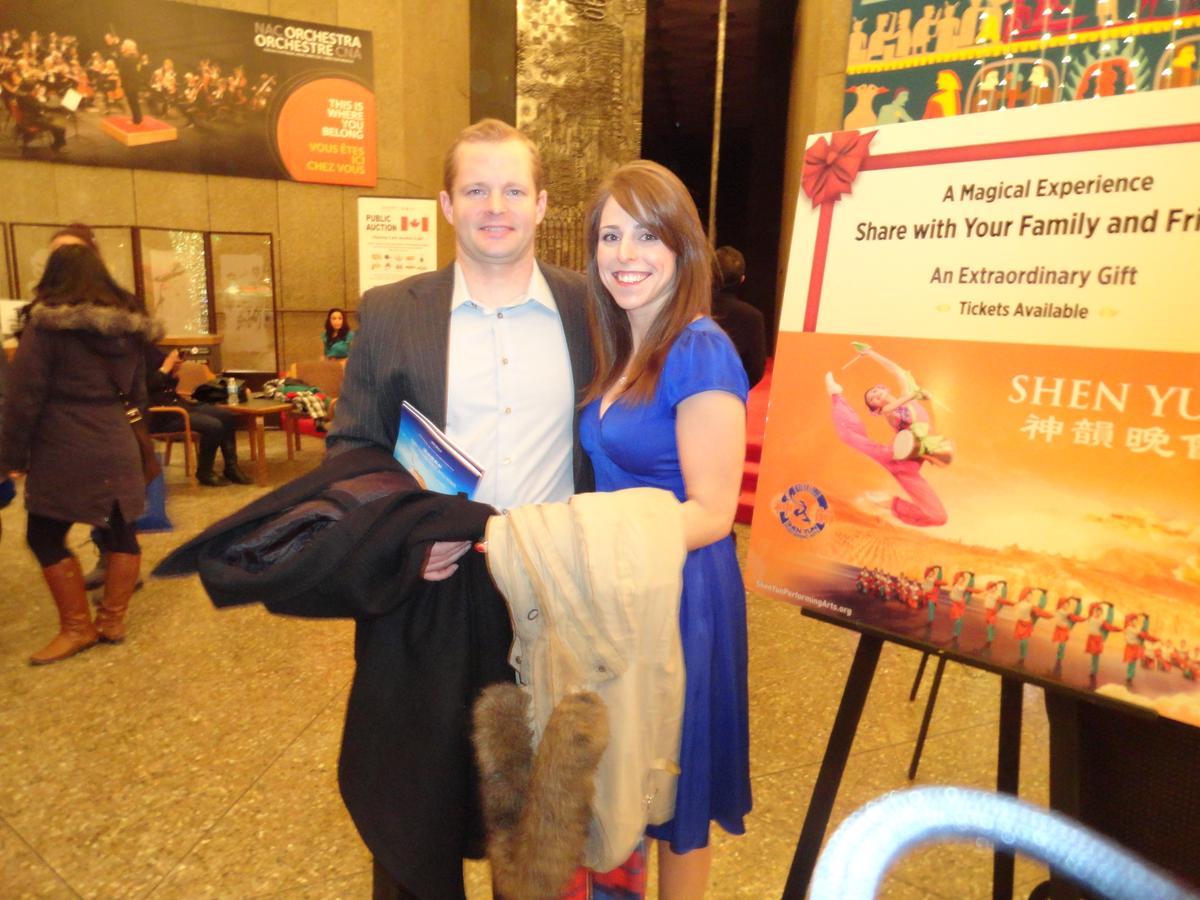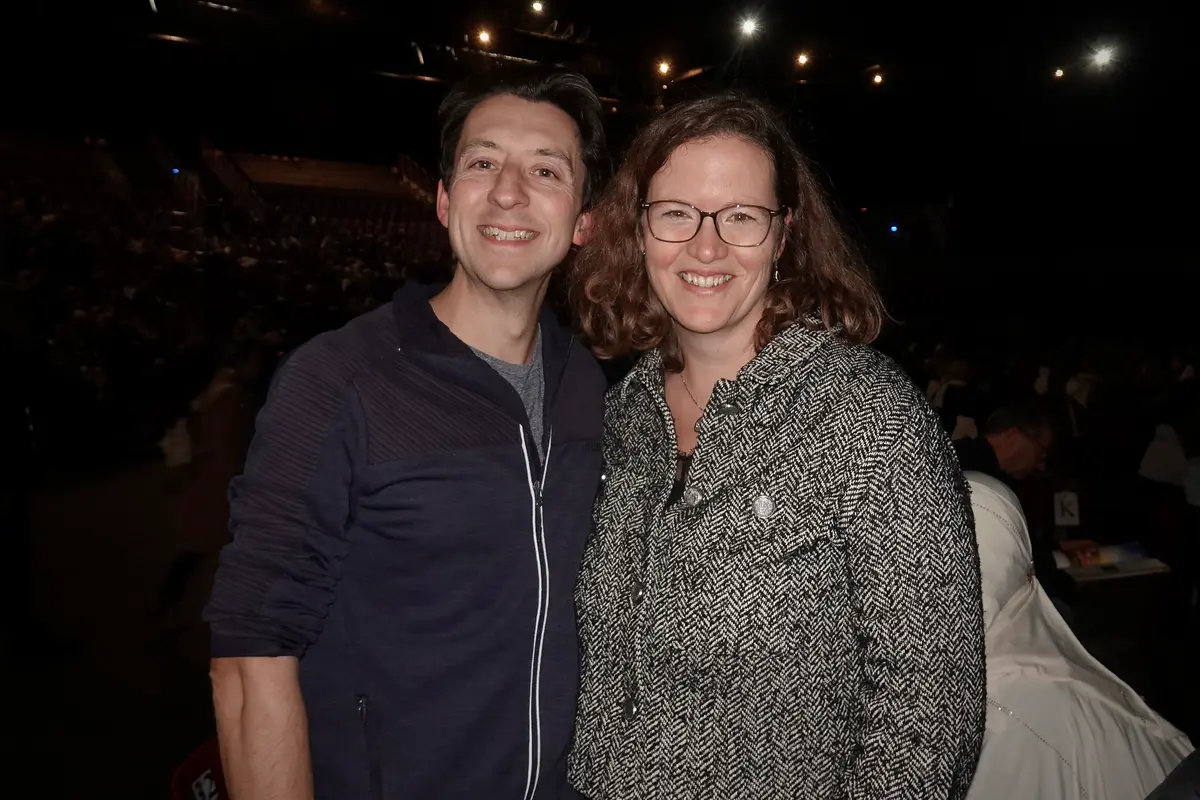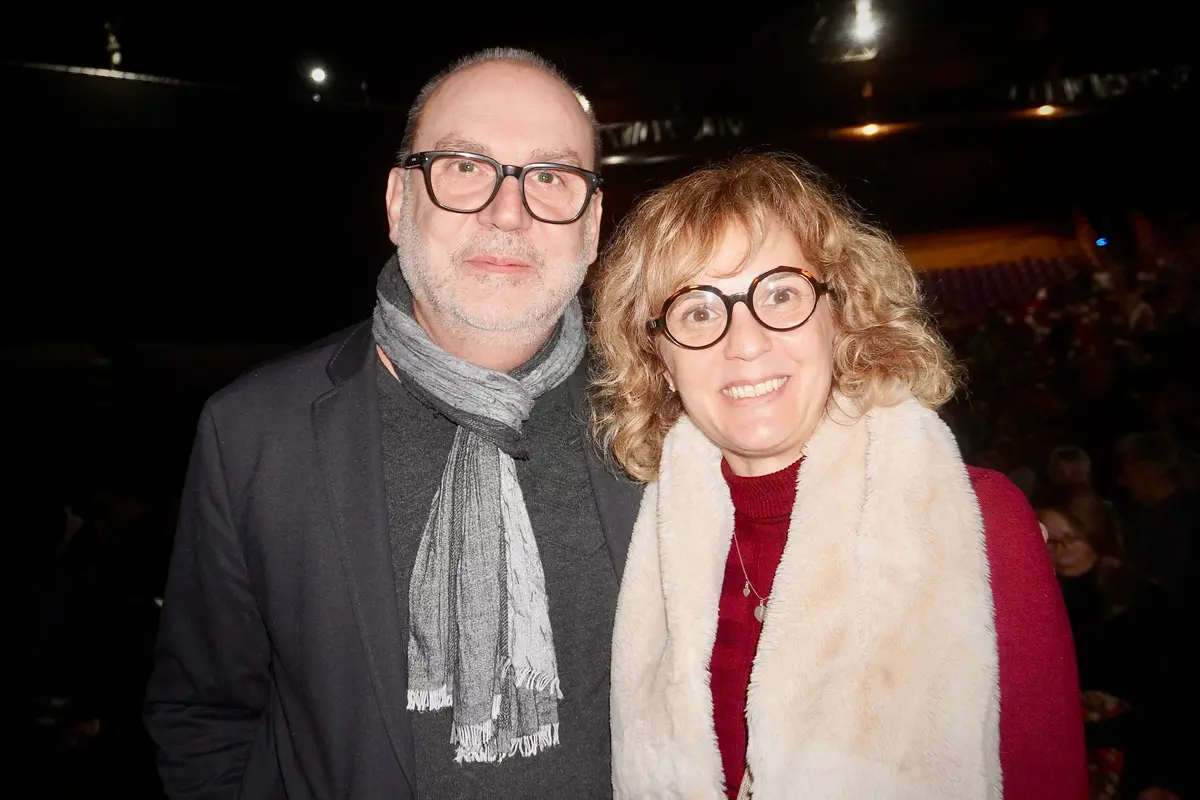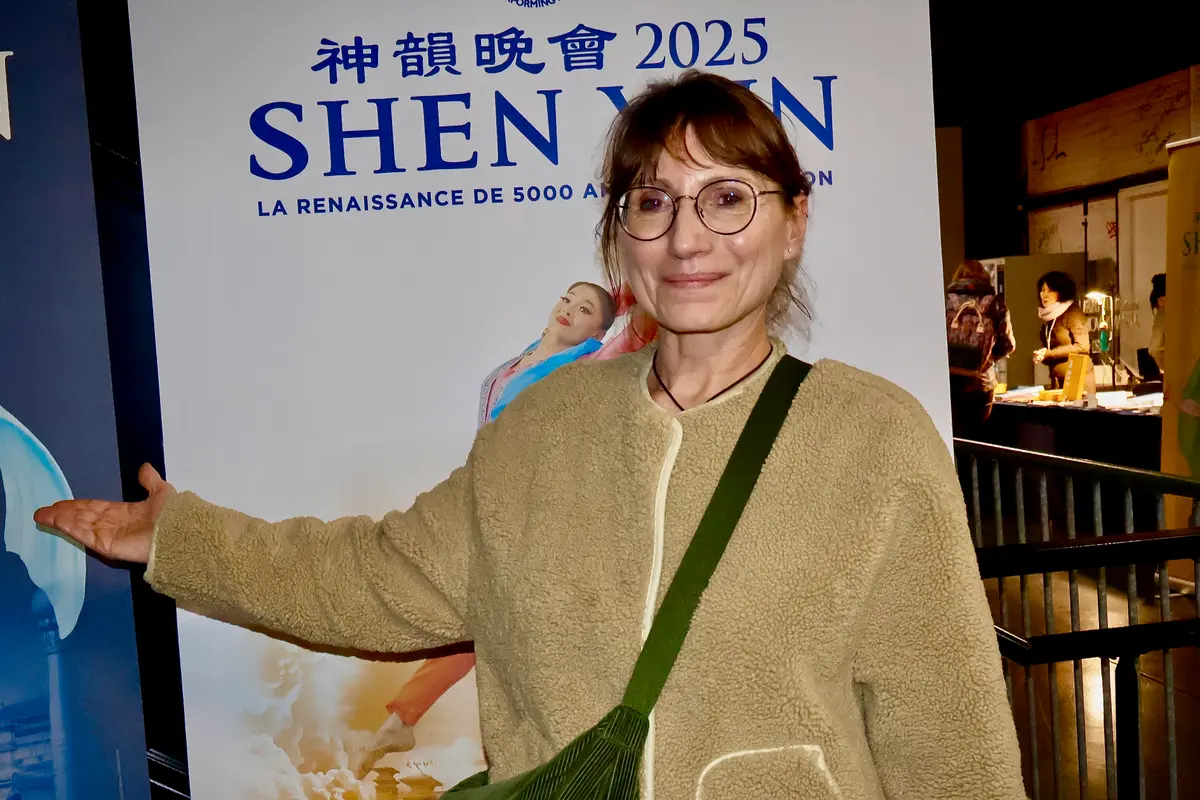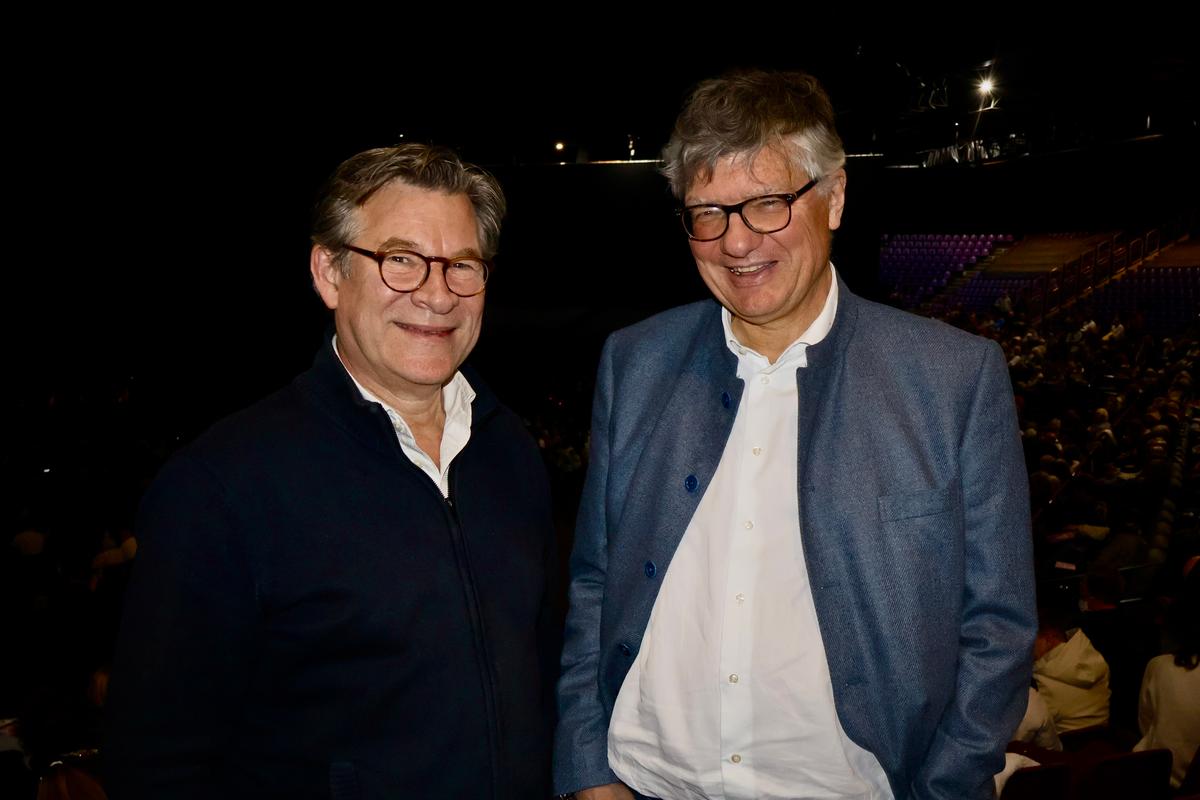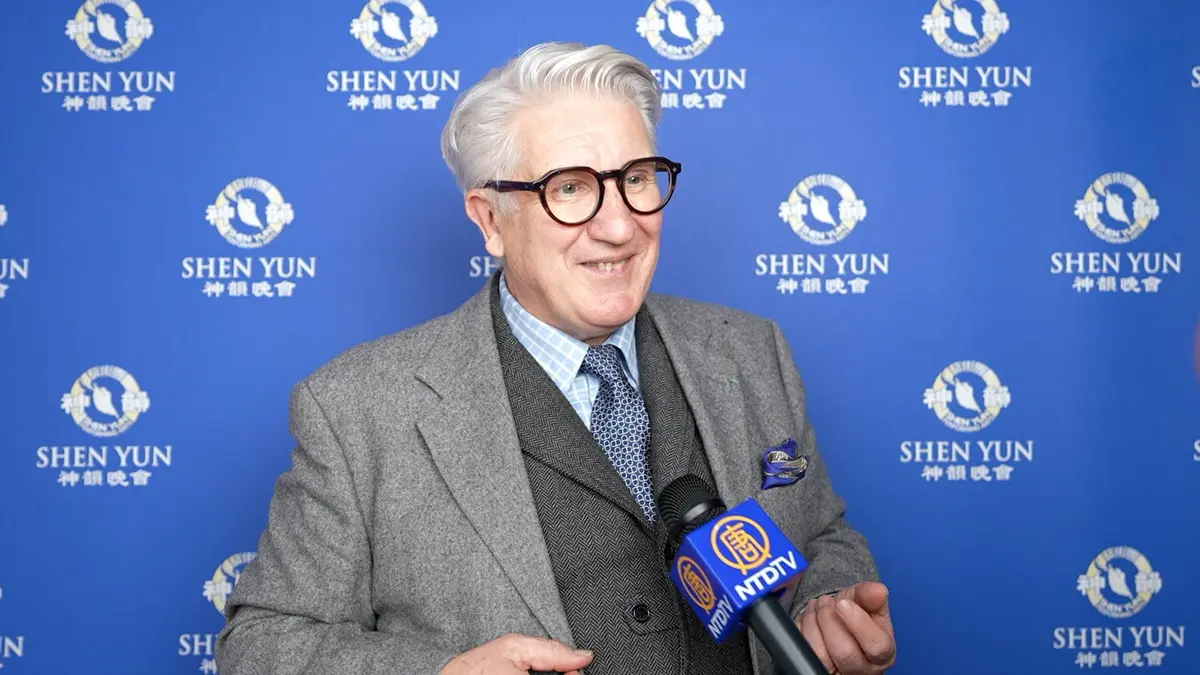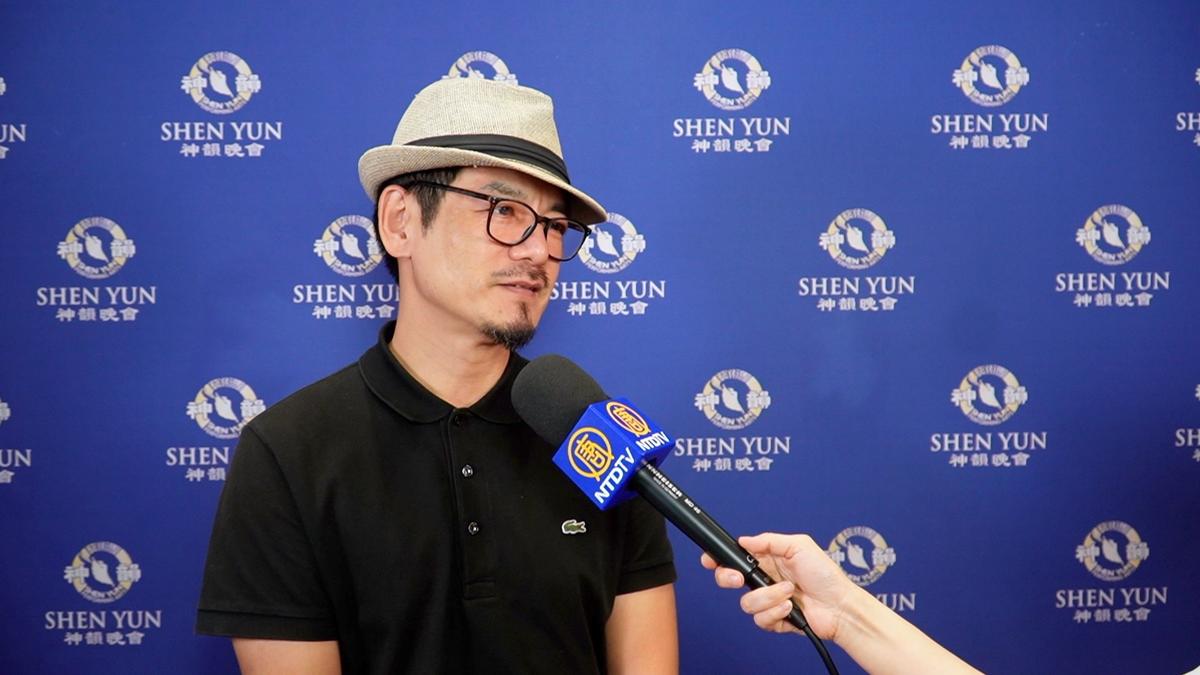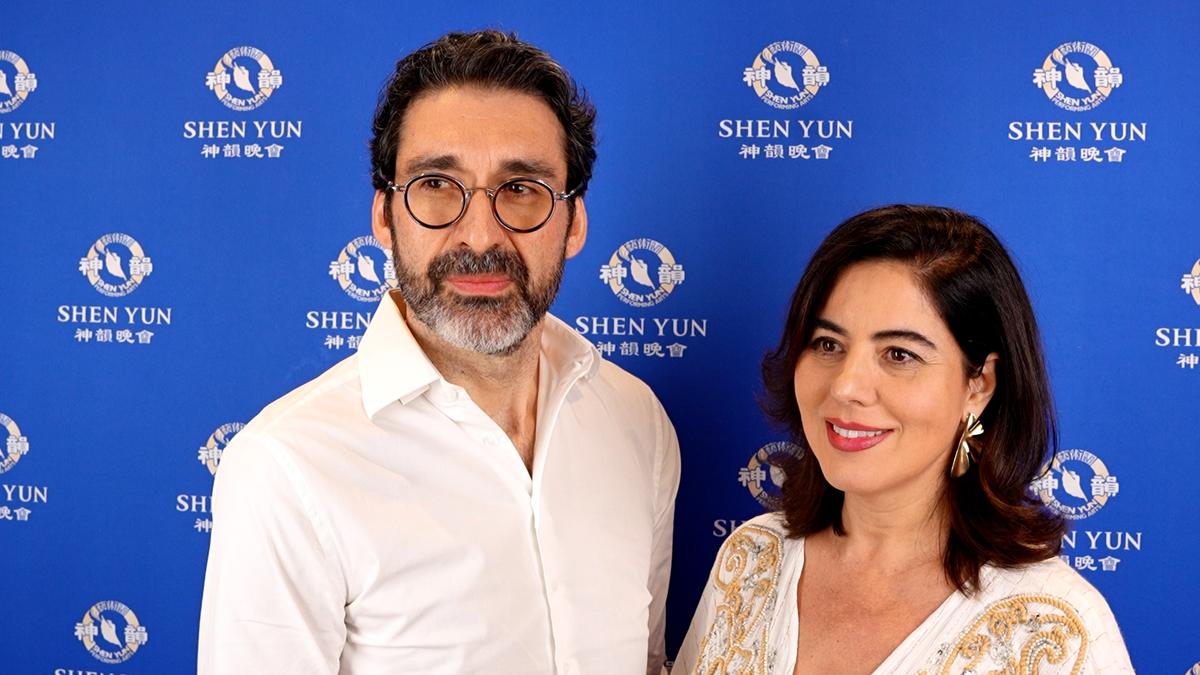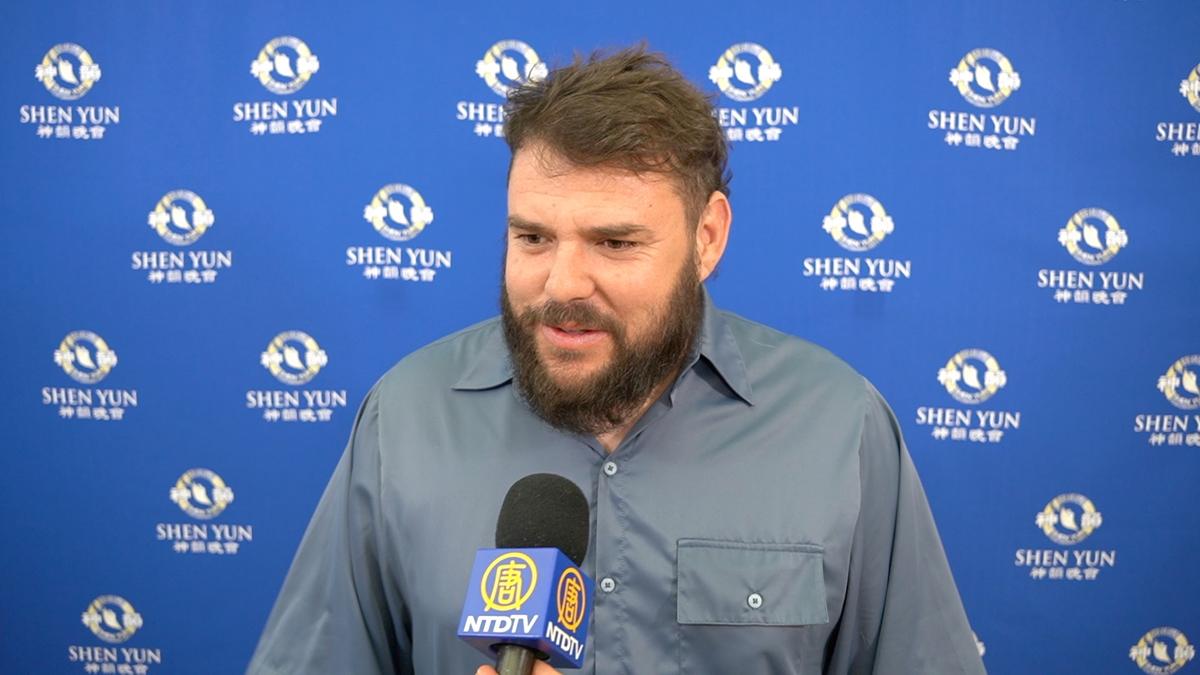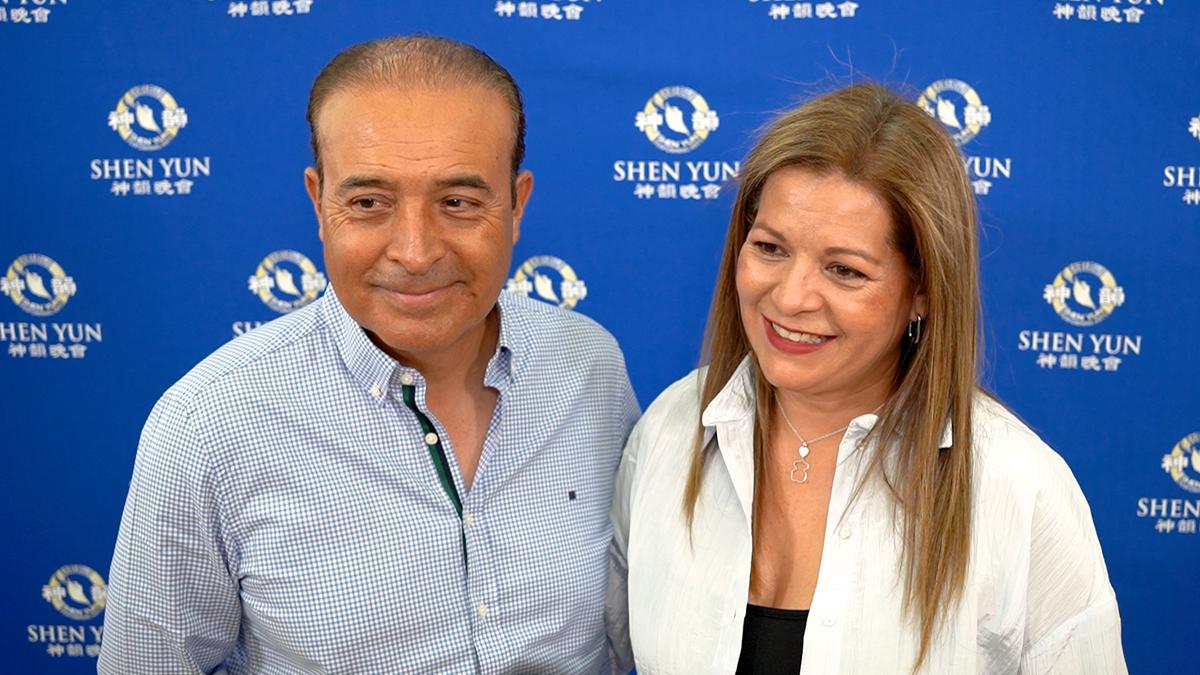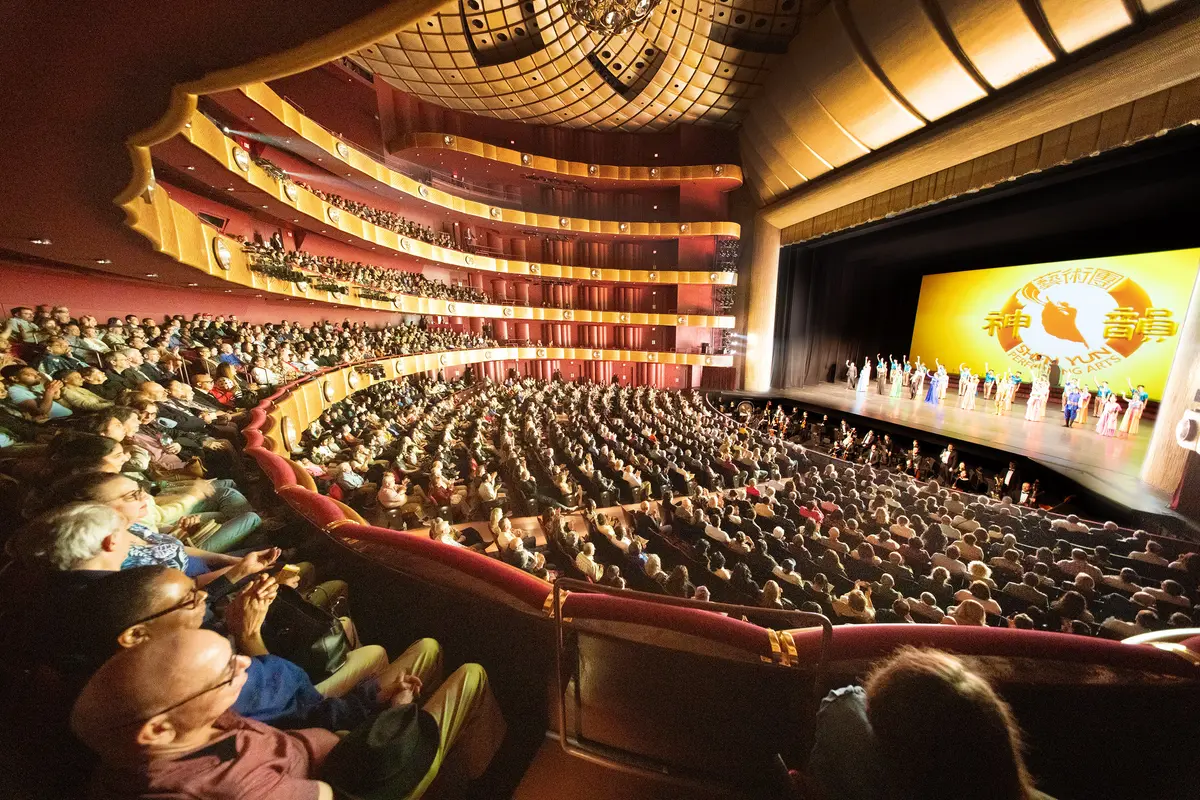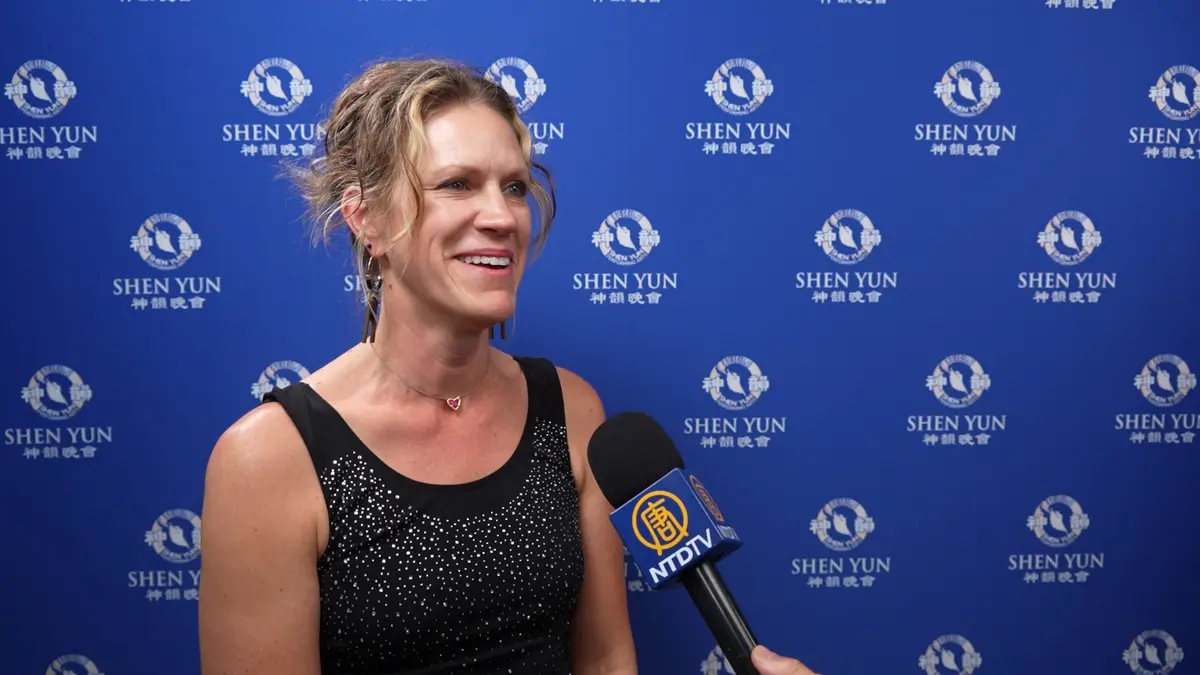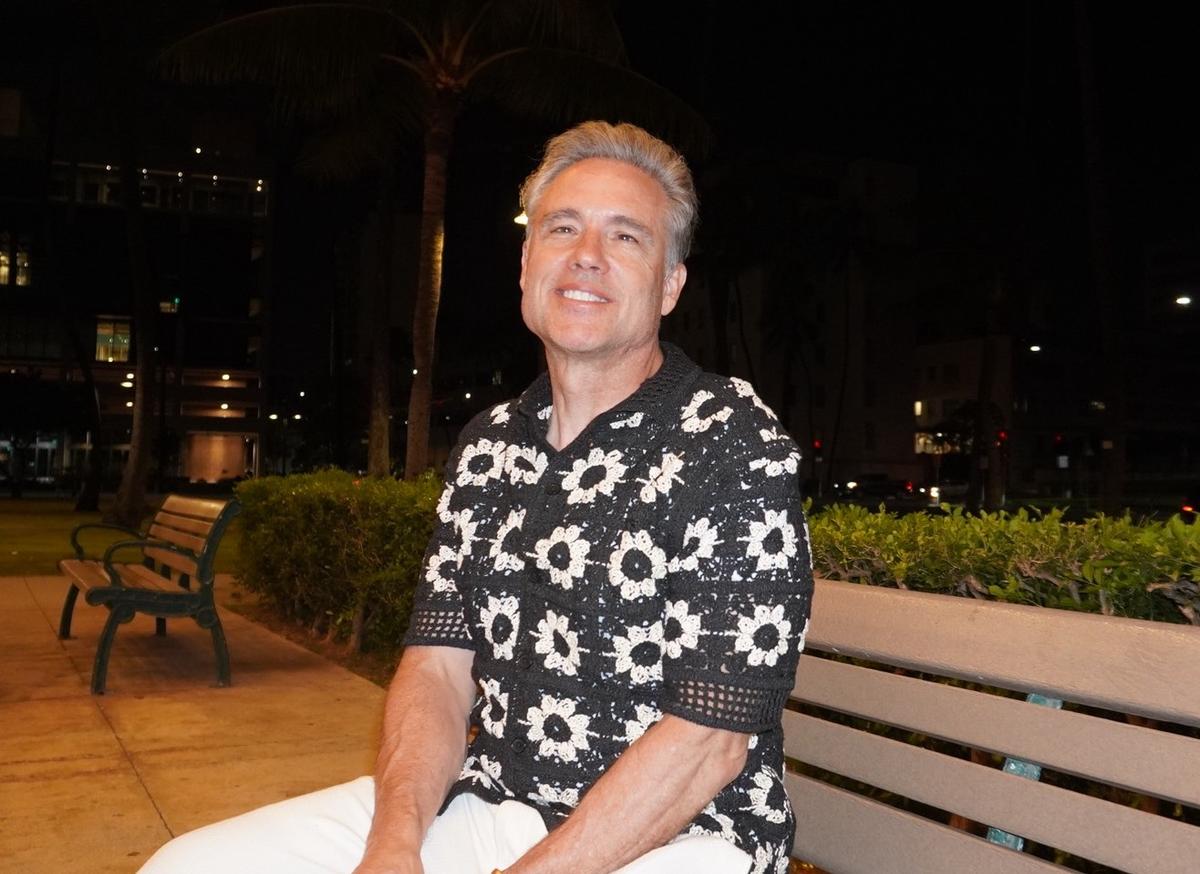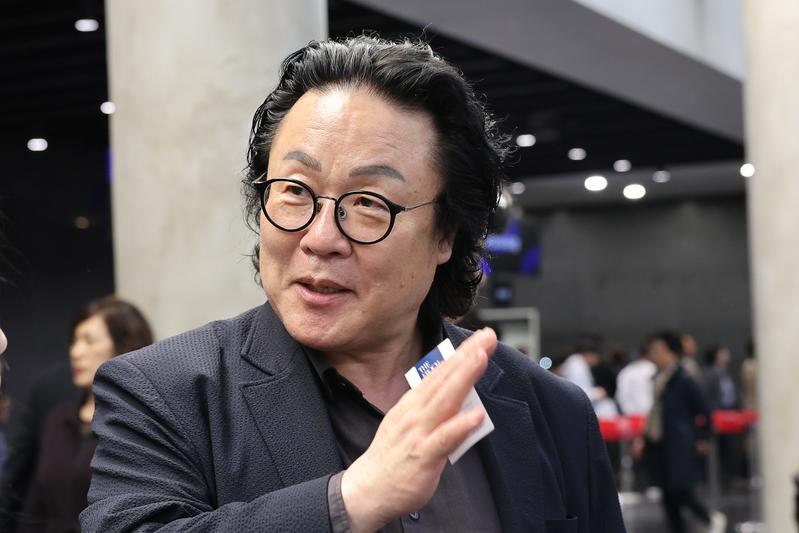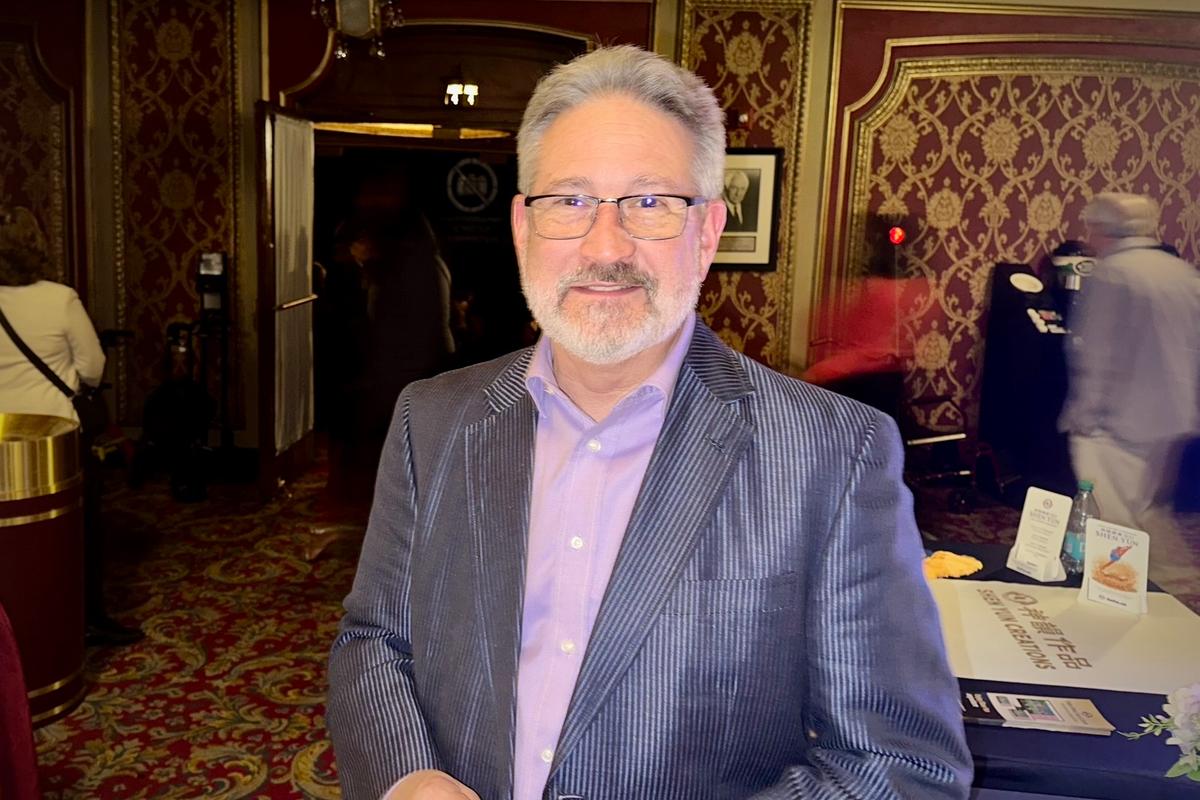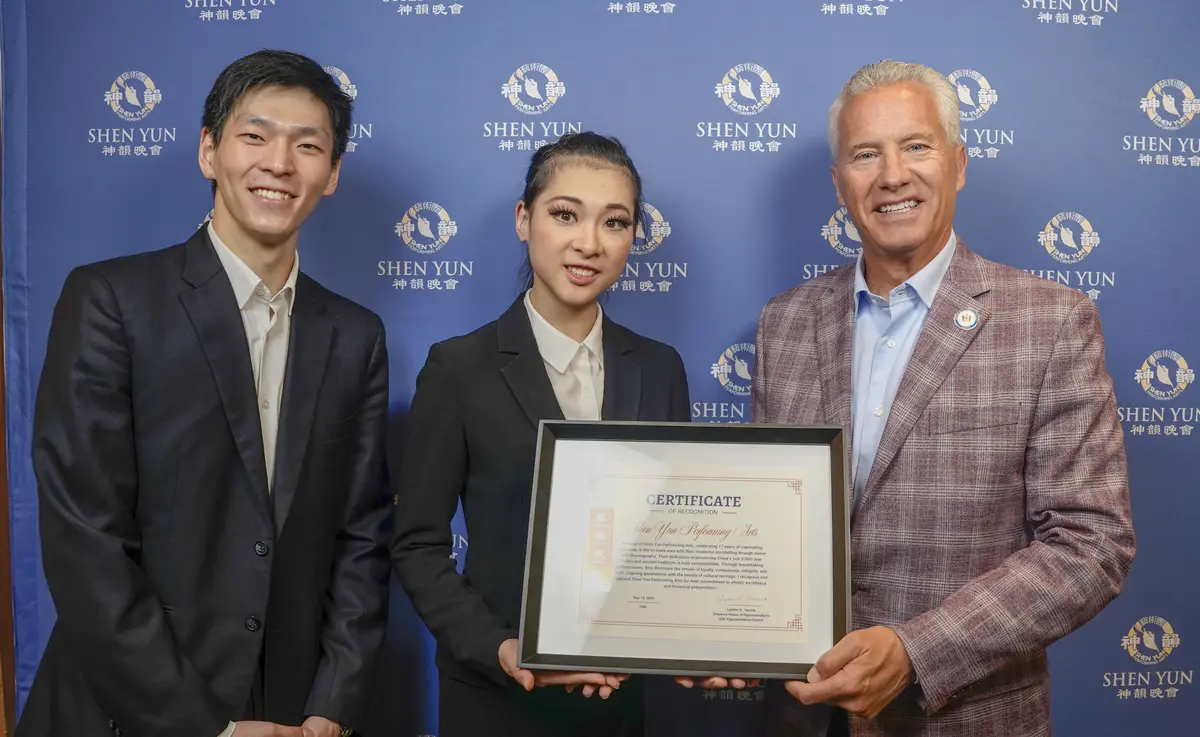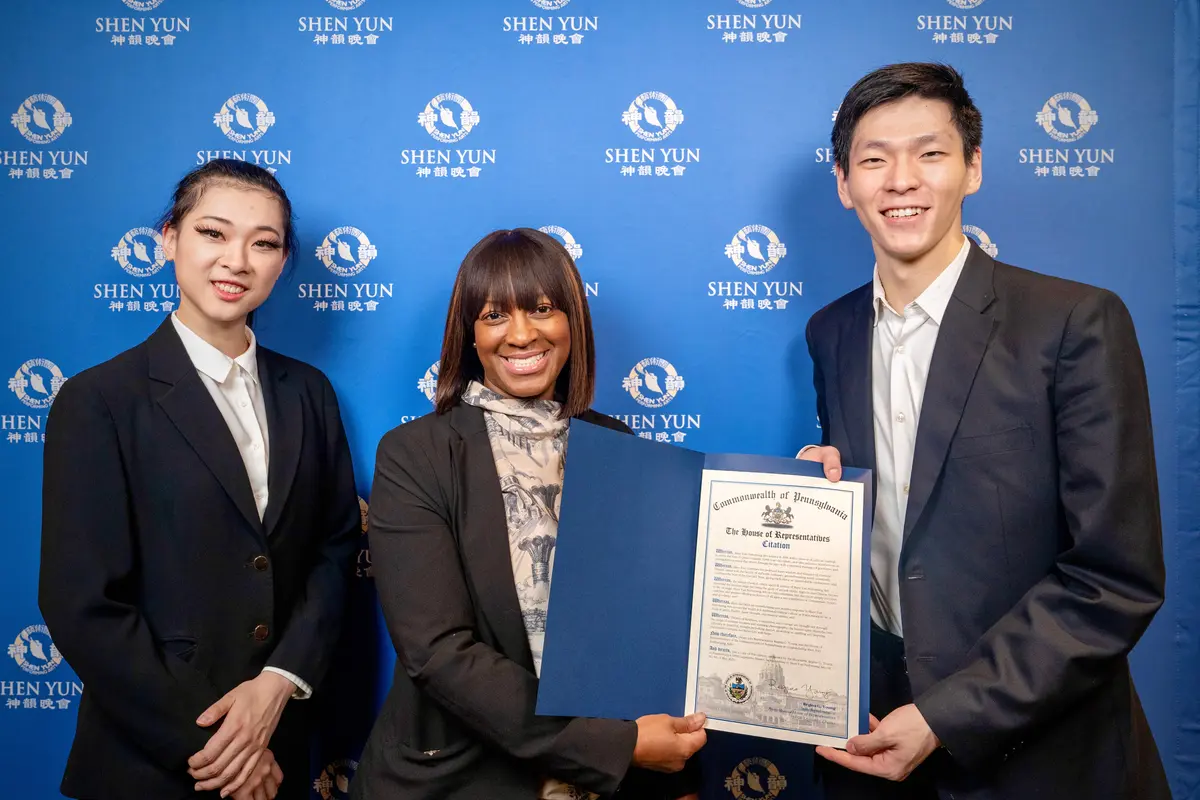OTTAWA, Canada—Ilana Haines, now studying for a degree in medicine, is a former classical ballet dancer who danced for 13 to 14 years. Seeing classical Chinese dance for the first time at the Shen Yun Performing Arts show at the National Arts Centre on Saturday night, she found it a very interesting change.
“We studied more Russian classical ballet at our studio and I never really knew the concept of classical Chinese [dance], so to see it was really interesting, very different,” she said.
Ms. Haines used to dance with National Capital Dance Educators, a leading school in Ottawa that provides a rigorous curriculum for dancers who wish to make dance their career, helping them complete examinations in the Russian-style (Vaganova) syllabus.
The school also offers recreational classes in ballet, tap, modern, jazz, and hip hop dance.
Ms. Haines has herself performed in shows at the NAC with Dance Educators.
She commented on some of the qualities of classical Chinese dance that she found differed from the Russian style of ballet from her experience.
She said Shen Yun’s seemed more focused on their group performance rather than the individual dancer.
Her observations spoke to some of the fundamental characteristics of classical Chinese dance as well as to the mission of Shen Yun.
As explained on the Shen Yun website, the company was founded upon the mission to revive the 5,000 years of traditional Chinese culture that was nearly lost under decades of communist rule.
Principles such as benevolence and justice, propriety and wisdom, respect for the heavens, and divine retribution—the essence of the ancient culture—come to life, and the artists of Shen Yun follow this noble tradition.
Their motivation and inspiration to excel come from a spiritual connection, as can been in their emphasis on cooperation and teamwork, focused on the whole and on consideration of others, rather than on the self.
Moreover, classical Chinese dance movements differ from other dance styles in that they are rich in their ability to express a broad variety of emotions, moods, personalities, stories, and the inner meaning of thoughts and feelings.
It includes an acting element when performing theatrical dance, such as Shen Yun’s story-based dances. The acting involves coordinating facial expression with physical movement. When merged, the two result in an amplified form of expression.
The story dances are further enhanced by the detailed handmade and often hand-stitched costumes, all-original designs that are true to the style of clothing worn by people of the various ancient dynasties.
Classical Chinese dance also involves rigorous, systematic training in the fundamentals as well as movements and postures, including highly difficult techniques like jumping, tumbling, spinning, and flips.
Accompanying Ms. Haines to the show was Josh McCaughen, who works in the athletics department at Carleton University in Ottawa.
“I enjoyed it, it was great!” Mr. McCaughen said of the show. What stood out for him was “the colours, the synchronization, and the teamwork,” he said, calling it “exceptional.”
He also praised the energy and athleticism of the dancers in performing the many difficult movements.
“It was remarkable. I didn’t know the human body could do some of the things I saw!” he said.
Reporting by Madalina Hubert and Cindy Chan
New York-based Shen Yun Performing Arts has four touring companies that perform simultaneously around the world. For more information, visit ShenYunPerformingArts.org Shen Yun’s World Company finished in Ottawa on Saturday and will now go on to perform in Montreal.
The Epoch Times considers Shen Yun Performing Arts the significant cultural event of our time. We have proudly covered audience reactions since Shen Yun’s inception in 2006.

